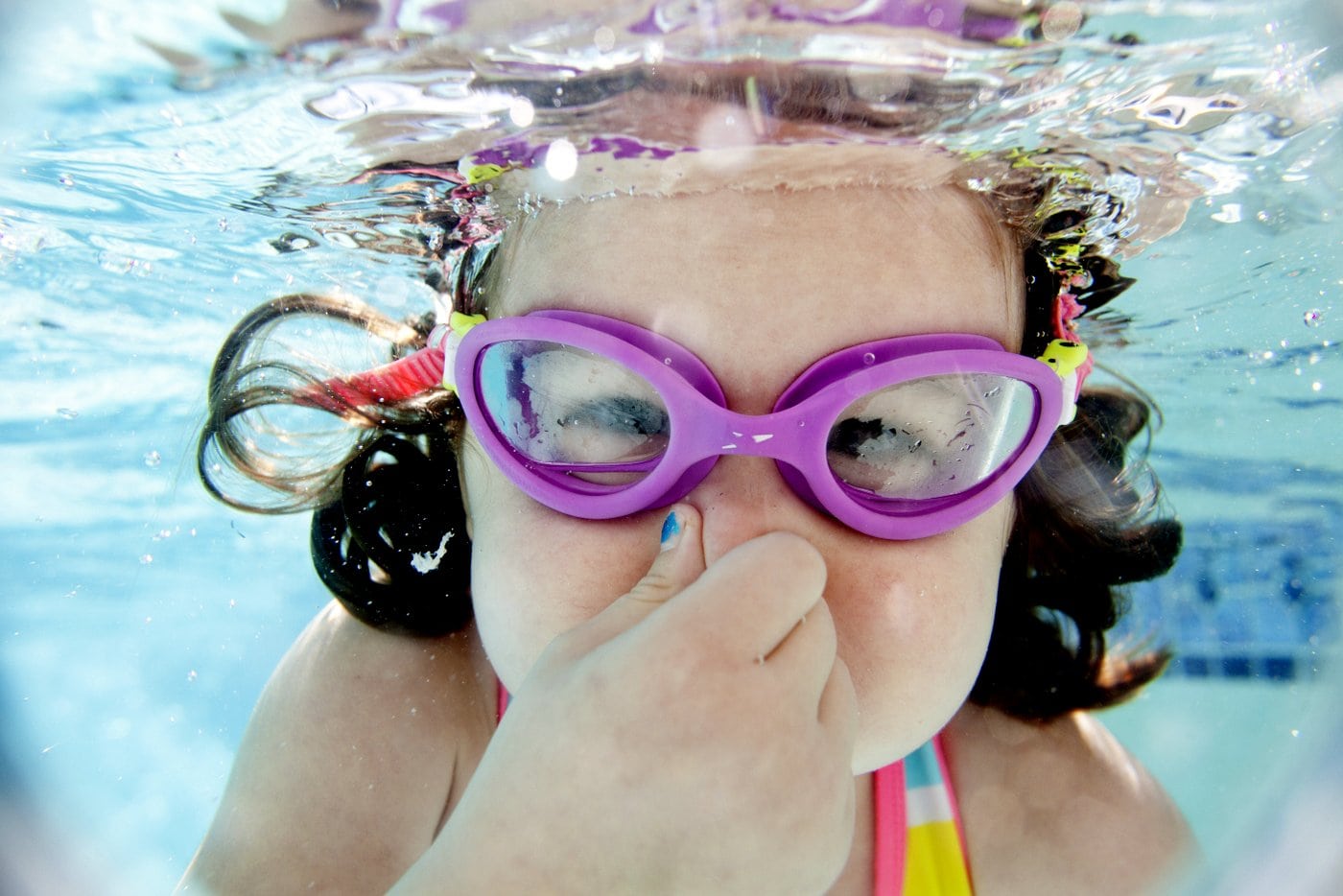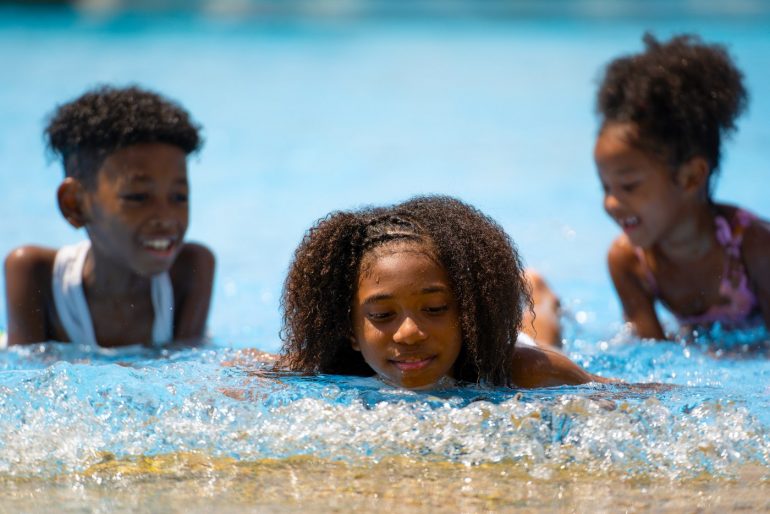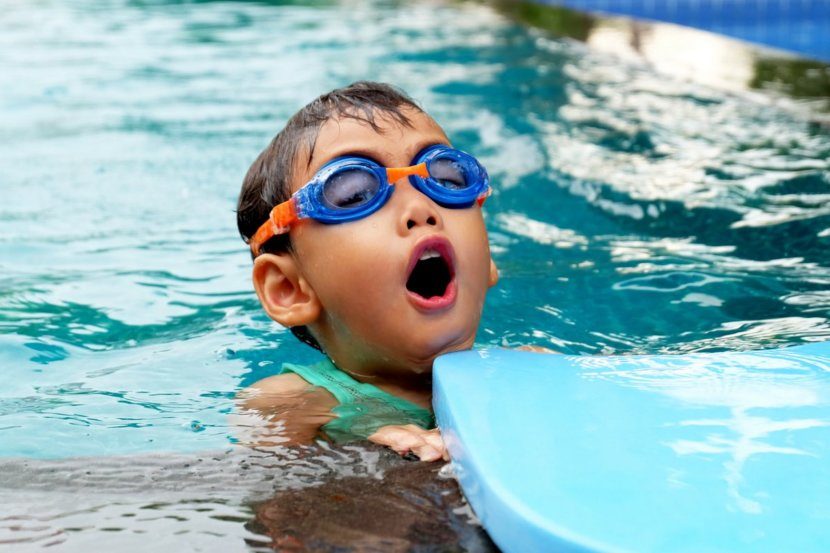Why to watch out for secondary drowning and dry drowning
Drowning can happen to infants and strong swimmers alike, and can occur in any liquid or body of water — a pool or a puddle, a bathtub or a bucket. But it’s important to realize that even after someone who nearly drowned is pulled from the water, they’re not necessarily safe.
A near-drowning incident can be scary enough as it is, but the ordeal may not be over once the victim is back on dry land. That’s because it’s entirely possible to drown outside of the water — even up to two days afterwards — due to the fact that water is still in the lungs, whether or not you or the victim knows it.
Some types of these “atypical drowning” scenarios are also known as secondary drowning, silent drowning, delayed drowning or dry drowning.
According to the Cleveland Clinic in Ohio, secondary drowning occurs when water is breathed into the lungs, and collects there when a person struggles in the water. That collection of fluid in the lungs is called pulmonary edema, which causes difficult or rapid breathing that may even make a “crackle” sound.
“Within an hour, you will start seeing those respiratory difficulties,” says Cleveland Clinic pediatrician Elumalai Appachi, MD. “Secondary drowning can be severe enough that a child can end up on a ventilator.”

How does secondary drowning happen?
Secondary or delayed drowning occurs when a person has inhaled water in the course of a near-drowning incident.
Immediately afterwards, the victim may appear to be fine and seem to feel okay, however, the inhaled water remains in the lungs and can cause home or her to be unable to extract enough oxygen from inhaled air. When this happens, it’s actually possible for a person to drown up to 24 (or even as many as 48) hours after the exposure to water.
“This is why every child who has fallen into the water or experienced a near-drowning should be taken to the emergency room immediately,” says Dr Elumalai Appachi. “If we can intervene quickly, it’s possible for a child to recover.”
What to look for
Some symptoms to watch out for may include:
- difficulty breathing
- persistent cough
- painful or shallow breaths
- a change of mood or mental status
- may possibly be uncharacteristically agitated
- groggy or lethargic
- chest pain
- pale/blueish skin
If your child or anyone else you who nearly drowned displays any of these symptoms, consider it an emergency and seek medical care immediately. Call 911 or take the victim immediately to the emergency room. There, they do things like will check blood oxygenation levels and perform diagnostic imaging tests — often simple X-rays.
They may also administer surfactant — a liquid that coats the inside of the lungs. Without surfactant, the tissue surrounding the air sacs (alveoli) in the lungs will stick together after exhalation, causing the alveoli to collapse, making it impossible for the lungs to hold air.
What’s such an experience really like? Read one mom’s frightening experience here: Secondary Drowning + My Recent Experience & Real Life Almost Nightmare.
What’s the medical science behind this?
Secondary drowning happens because the issue faced is much greater than simply the space in the lungs being taken up by liquid instead of air.
“Changes occur in the lungs, body fluids, blood-gas tensions, acid-base balance and electrolyte concentrations, which are dependent on the composition and volume of the liquid aspirated and the duration of submersion,” wrote the authors of A new definition of drowning: Towards documentation and prevention of a global health problem, published in the Bulletin of the World Health Organization (November 2005).
Dr Joe Spinell, assistant medical director at UT Hospital’s Emergency Department told the Knoxville News Sentinel, “Lungs in a child have a very delicate balance,” Spinell said, “and can be thrown off balance by fresh or salt water.”
The British Medical Journal reviewed 94 cases of near-drowning (defined as “deterioration of pulmonary function that follows deficient gas exchange due to loss or inactivation of surfactant”), and in 1980, reported the following:
- The syndrome occurred in approximately five percent of cases.
- Symptoms could follow a latent period of one to 48 hours of relative respiratory health.
- When problems started, the onset was usually very fast.
- Secondary drowning occurred more rapidly after immersion in fresh water.
- With treatment, prognosis of secondary drowning was good in fresh water cases, but poor after salt water immersion.
Another kind of dry drowning
Another potential problem following a near-drowning incident is dry drowning. This occurs when the larynx closes to prevent water from entering the lungs, which can then lead to laryngospasms — spasms of the larynx muscles in the airway — which can prevent the victim from getting air, even after they’re out of the water.
Again, if you have any concerns about your health or someone else’s health, don’t delay — seek medical attention immediately. Particularly after a near-drowning experience, minutes do matter.
The material presented on the Lilyvolt site is of a general nature, presented for educational and informational purposes only, and is not intended to be a substitute for professional medical advice, diagnosis, or treatment. If you have questions or concerns regarding your physical or mental health or the health of your child, please seek assistance from a qualified healthcare provider. Find out more here.










